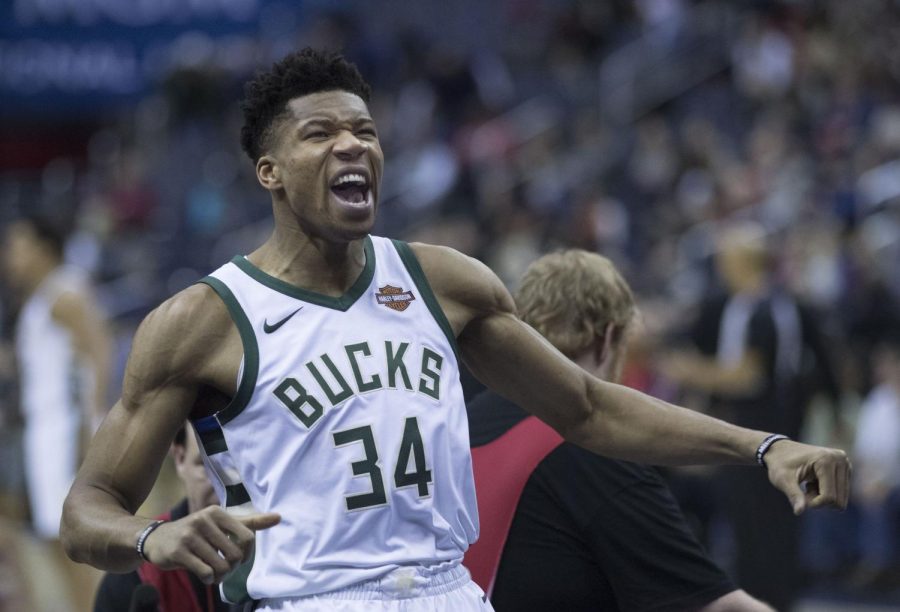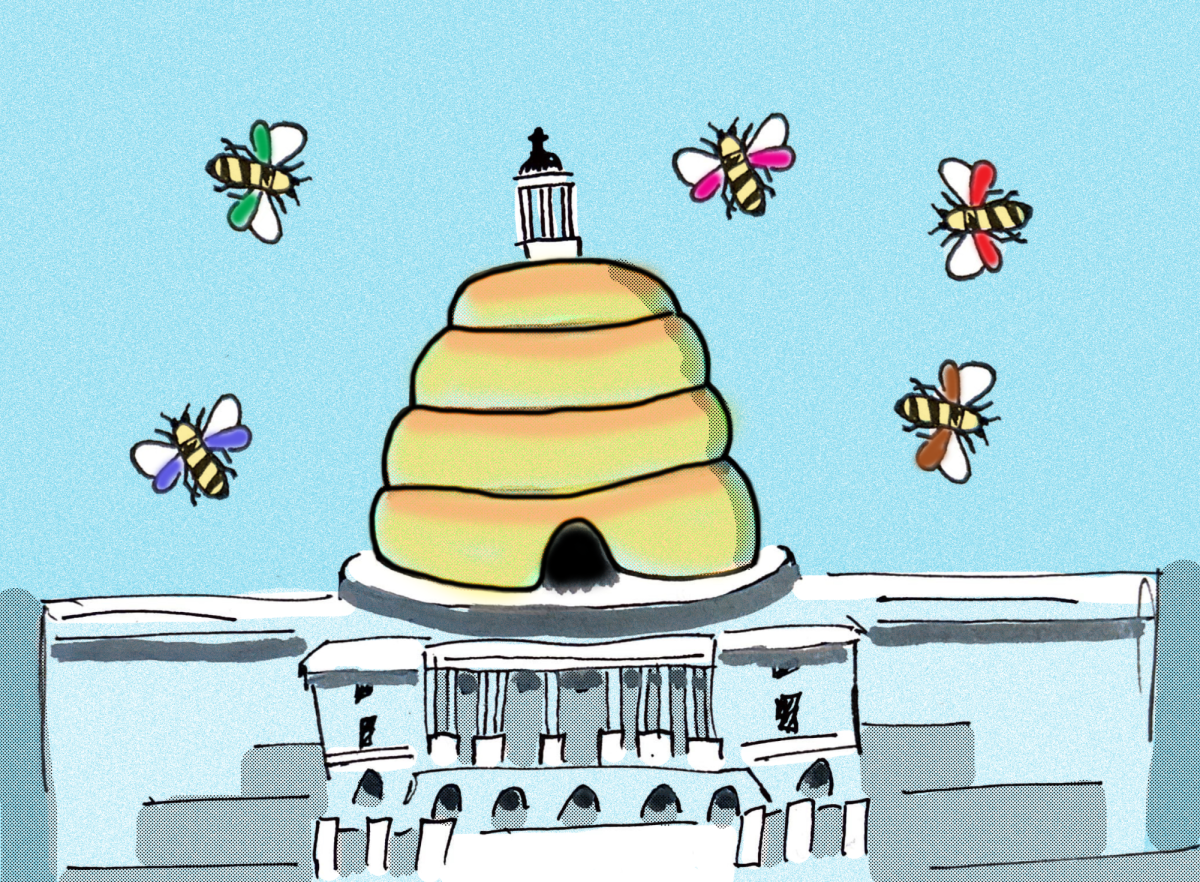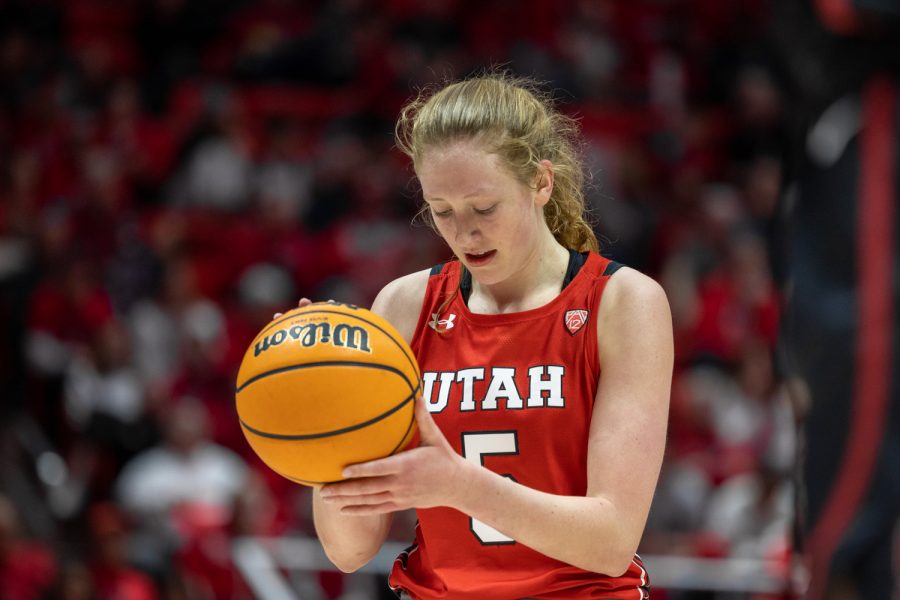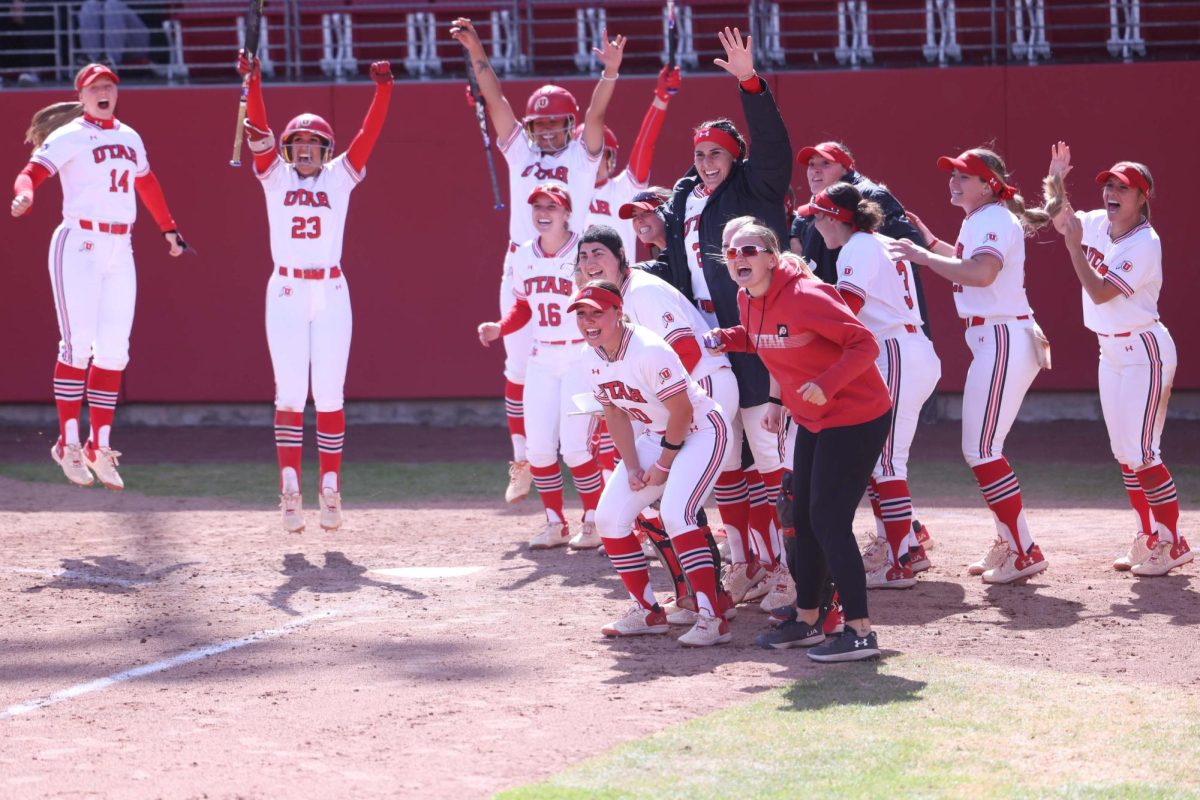New Format for NBA All-Star Game Adds Intrigue, Engagement
Giannis Antetokounmpo of the Milwaukee Bucks before the game against the Washington Wizards on January 15, 2018 at Capital One Arena in Washington, DC. (Courtesy Wikimedia Commons)
April 16, 2020
The NBA world was turned on its head last month when the All-Star Game implemented a new way to finish, and it was one of the most exciting games of the year.
Dragged down by a lack of effort and competitiveness, the NBA All-Star Game has been deemed as nothing more than an exhibition match. Players’ sole focus during the game has always been to not get injured, throw down some cool dunks and enjoy their weekend off from the regular season. It’s been especially prevalent in recent years, as games have been high-scoring affairs and usually not very close. The NBA wanted to bring some spice back into the All-Star Game, and they’ve been making some changes recently in an effort to boost viewership and fan ratings.
Starting in 2015, they got rid of the old East vs. West format and switched to having the fans choose — through a voting system — who would be designated as team captains in each conference. The captains would select their teams from the remaining pool of players and those would be the teams for the All-Star Game. This helped a little bit, adding intrigue to who each player picked and made the teams slightly more evenly matched. Still, the game lacked pizzazz and the competitive element that regular season and postseason games have. In a game featuring the league’s best players, the league understandably wants a close, fun-filled contest. That’s what they got this year when they added a variation on something known as the Elam Ending.
The Elam Ending was devised by Nick Elam, a professor at Ball State University. The format is used in The Basketball Tournament, a yearly single-elimination tournament with a large prize pool, founded in 2014 by Jonathan Mugar. It basically means that there is a target score to end the game rather than the clock. In this year’s All-Star game, the target score was calculated by taking the leading team’s combined score throughout the first three quarters and adding 24 to it — one of the jersey numbers of the late Kobe Bryant. In this case, the leading team had 133, so the target score was 157. The fourth quarter is untimed, and the first team to hit that number is the winner. Furthermore, each team selected a charity to play for and if that team outscored the opponent in any given quarter of play, the NBA would donate $100,000 to that charity. The winning team got an additional $200,000.
This added a level of competitiveness that had been previously unseen in the All-Star Game. The fourth quarter featured a comeback by Team LeBron, led by team captain LeBron James, over Team Giannis, led by team captain Giannis Antetokounmpo. Team Giannis led 133-124 after three quarters, and with a nine-point lead on their way to the target score, they looked in position to win. Both teams rallied and were playing with amazing intensity. The children who would be getting the charity money were sitting in the stands, cheering on their team. The players were engaged and focused, knowing they had something to play for. It was incredible to watch, the best players in the world all on the court at one time, all locked in and trying to win this game. Just a year ago it was simply an exhibition, but now it was one of the closest, most exciting games of the season.
The system still has a few flaws to work out. The game ended on a free throw from Anthony Davis, and while it was still exciting, it would have been cool to see a game-winning jumper or dunk. The fourth quarter was about 15 minutes of game time, compared to the usual 12. The NBA will likely experiment with exactly how much the target score should be and consider adjusting the rules to not end on a free throw. One proposal is making a free throw subtract points from the other team rather than adding to your team’s score.
The game was met with high praise from fans. The game still had the usual high flying dunks and deep 3s in the first three quarters, but was highly competitive down the stretch, with players committing on defense and playing team basketball.
The next step for the NBA is to consider working more with this format in the future. It already seems like a lock for the All-Star Game in the future, but it has been so popular already that fans are calling for more implementation. Ideas have been floated involving adding it to the G-League, Summer League, or using it in the proposed mid-season tournament the league has been workshopping. Maybe it can be added to overtime, where instead of adding extra time on the clock they play first to 10 or 15. The numbers will be worked out later, but one thing is for sure — fans and players love this new format and we will surely see it again in the future.












